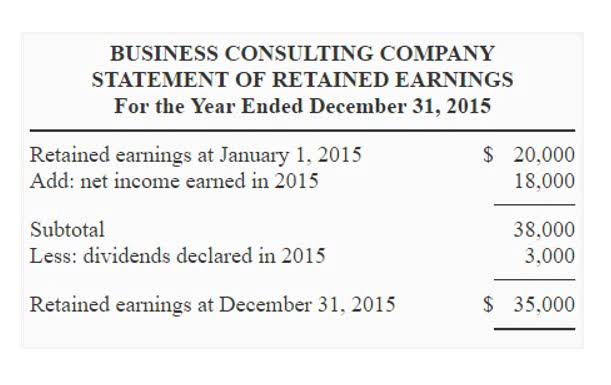
In reality, you could have numerous delinquent accounts and long-term debt impacting your actual cash flow. The percentage-of-sales method is a financial forecasting model that assesses a company’s financial future by making financial forecasts based on monthly sales revenue and current sales data. Those percentages are then applied to future sales estimates to project each line item’s future value.
Benefits of the percentage-of-sales method
She operates a specialty cake, army bed, cinnamon roll shop called “Bunsen’s Bundt, Bunk Bed, Bun Bunker” or “B6” for short. We’ll use her business as a reference point for applying the percent of sales method. That also makes it handy for working out in the forecasted financial statements what’s performing well and what isn’t, and by extension setting financial goals for the company. Picking a percentage is trickier when you don’t have prior year data to rely on.
Potential Issues with PoC Accounting

It’s been a decent month and she’ll break even, but she wants to know what the following month might look like if sales increase by 10 percent. If your sales increase by 20 percent, you can expect your total sales value in the upcoming quarter or year to be $90,000. There are five basic steps to the percentage of sales method formula. We’ll go through each step and then walk through an example to see the formula in action.
Percentage of Receivables Vs. Percentage of Sales
By expressing certain costs and expenses as a percentage of sales, companies can create more accurate and manageable financial plans. In short, the percentage of sales method estimates the amount of bad debt expense a company will incur based on the amount of sales it makes on credit. For example, if a business made $100,000 worth of sales revenue on credit and estimates bad debt to be 2% of credit sales, it would add $2,000 to the allowance for doubtful accounts. When the company has to actually write off uncollectible accounts, those are written off against the allowance account. When approaching decisions in business, managers often have to grapple with situations in which they do not have complete data.
Example of Bad Debt Allowance
So what exactly is an allowance when talking financial accounting? In this case, it’s a set amount that represents how much bad debt or how many doubtful accounts you predict you’ll have. The percentage of sales method provides a straightforward way to forecast financial figures.
Using the Percent of Sales Method, the business estimates that its advertising expenses will be $120,000 and administrative expenses will be $180,000 for the next year. This analysis reveals which aspects of your business are most sensitive to sales changes. Identify which financial elements to track along with your sales numbers. The method also doesn’t account for step costing — when the cost of a product changes after a customer buys a quantity of that product over a discrete volume point. For instance, if a customer buys a product from a business that has a step cost at 5,000 units, then every unit beyond those first 5,000 comes at a discounted price. From sales funnel facts to sales email figures, here are the sales statistics that will help you grow leads and close deals.
- The accounts receivable to sales ratio measures a company’s liquidity by determining how many sales are happening on credit.
- Most businesses think they have a good sense of whether sales are up or down, but how are they gauging accuracy?
- Read our ultimate guide on white space analysis, its benefits, and how it can uncover new opportunities for your business today.
- Under this method, the balance of the allowance for doubtful accounts should be $5,000.
- There are five basic steps to the percentage of sales method formula.
- The most important factor involved in percentage-of-completion accounting is the firm’s ability to accurately estimate revenues and costs that will be recorded.
How to Do an Entry for Bad Debt Expenses & Allowances for an Uncollectable Account
This helps businesses get a sense of their short-term financial outlook. Let’s look at a practical example to help you understand how to apply the percentage of sales method. This method is helpful for contractors who need to make financial projections based on past performance. It’s especially useful for predicting the resources needed to handle upcoming projects and expenses. The percent of sales method is one of the quickest ways to develop a financial forecast for your business — specifically for items closely correlated with sales. If your business needs a very rough picture of its financial future immediately, the percent of sales method is probably one of your better bets.

Once you have calculated the percentage of work completed in the period, you then divide that by the total value of the contract to arrive at the amount of revenue you should recognize. The first reason is that it tends to be a more accurate representation percentage of sales method example of the revenue earned. Some companies need to have a way to recognize a portion of the revenue earned from a long-term contract before the project has been completed. The percentage of sales method is a valuable tool for financial forecasting.


